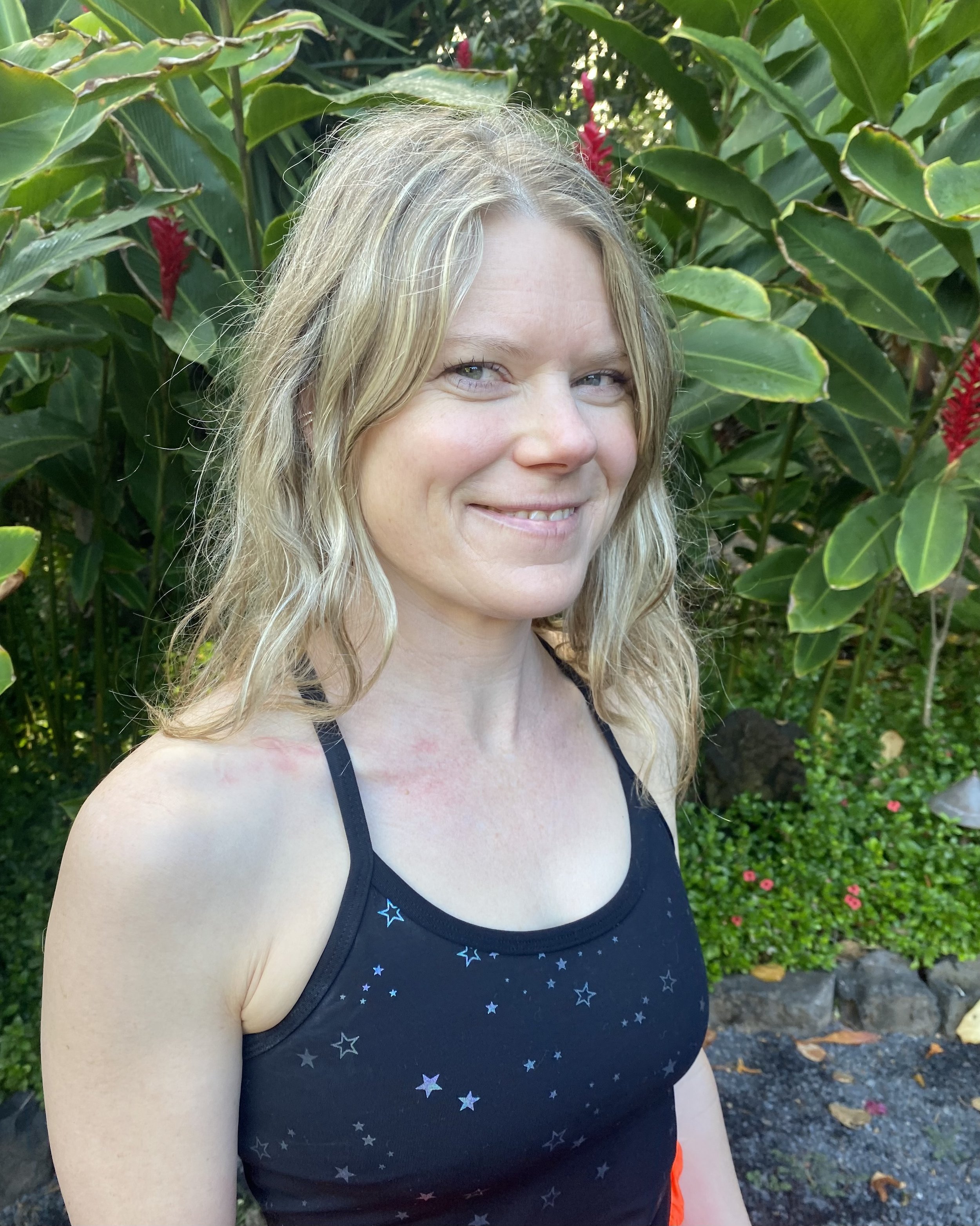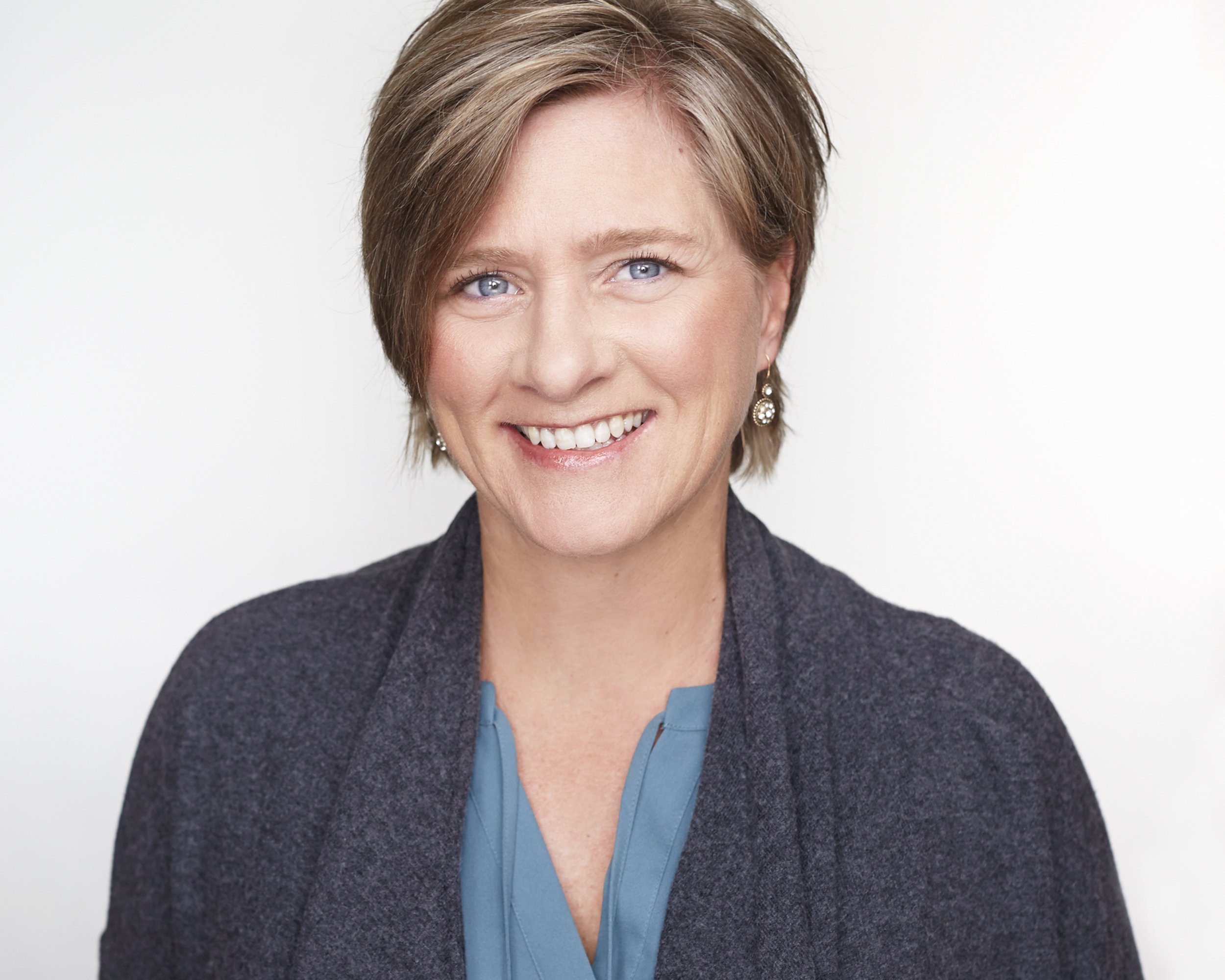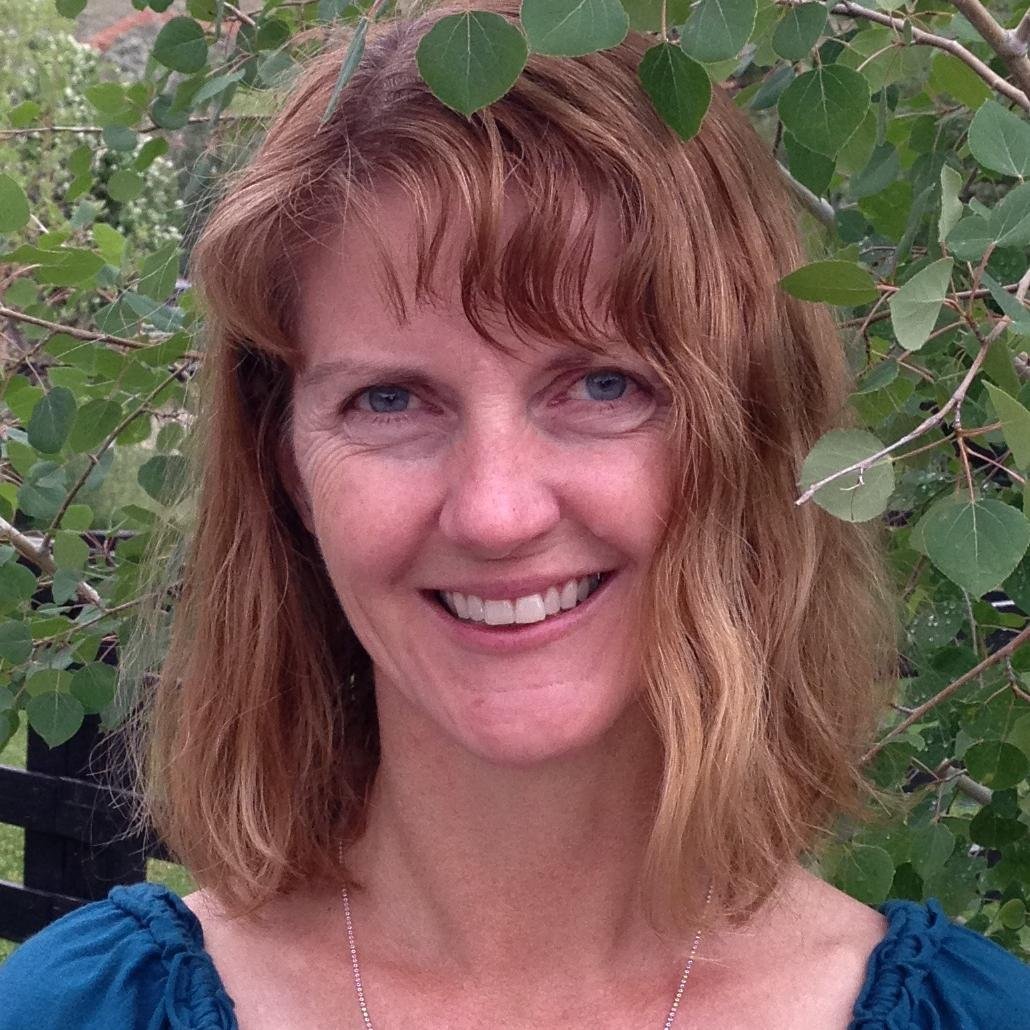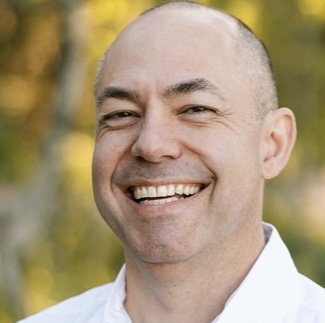21-Day (Un-) Challenge 2023: The Practices
If you feel overwhelmed at any point during a practice, please don't continue. Open your eyes and look around. Take a few deep breaths. Stand up and walk around the room.
Day 21
This recording includes a few closing words from Sara, followed by a simple breath practice. The “golden moment” is when you refocus after noticing you’re distracted. What are the sensations and thoughts that tug at your attention? As you make note of them, allow them to be as they are, with full acceptance.
Day 20
If it feels safe and comfortable for you, do this practice while standing. Stand with your feet hip-width apart, knees slightly bent, arms relaxed. You might want to stand next to a chair or something sturdy in case you lose balance. Tune into sensations such as the feeling of your feet on the floor, your body’s subtle swaying and balancing. Standing naturally brings our bodies and minds into the present moment; very rarely do we stand and just do nothing. What do you notice — in your body, in your capacity to pay attention — when you practice standing up?
Day 19
With this practice we’ll simultaneously bring our awareness to two experiences — the sounds of the breath and the body’s movement with the breath. What is it like to pay attention — on purpose — to two things at once? What do you notice as you expand your awareness from one aspect of the breath to multiple ones?
Day 18
The body is always breathing, and the breath is constantly moving. Your breath is not only the best place to start, it’s a constant you can return to anytime you need a little centering. With this practice you will gently find the breath in the body. There is nothing to figure out. There are no problems to solve, and there’s nothing special you need to do. If your mind wanders, let it, notice it, and kindly bring your mind back to your body breathing.
El cuerpo siempre está respirando, y la respiración se mueve constantemente, tu respiración no solo es el mejor lugar para comenzar, es algo constante al que puedes regresar en cualquier momento que necesites un poco de concentración. Con esta práctica encontrarás suavemente la respiración en el cuerpo. No hay nada que resolver. No hay problemas que necesitan su atención y no hay nada especial que deba hacer en este momento. Si su mente pierde la concentración, déjala, observa y amablemente traiga su mente de vuelta a la respiración de su cuerpo.
Day 17
As you follow Kirsten’s guidance to scan the body, gradually softening and relaxing from head to toe, notice where you have tension stored up. Is that tension most prominent in the forehead, the jaw, the shoulders, the chest, your fist? Just notice, without telling yourself a story about it. It's one sensation of many.
Day 16
Let’s revisit that tiny gap that exists between the inhale and exhale — the momentary pause at the bottom of the exhale, the top of the inhale. It's a wonderful place to focus attention and find a moment of rest. Sara guides us through it with this relaxing 6-minute practice.
Day 15
As Brittany notes, “You can notice sounds as they land in your attention. You can notice thoughts as they present themselves. You can notice your breath, all things coming and going. But your awareness is steady, expansive, wide open and accepting.” She introduces a technique commonly called Alternate Nostril Breathing, which has been clinically demonstrated to have a particularly relaxing effect. What do you notice about your awareness during this practice?
Day 14
Today’s practice introduces the concept of mental noting, through which we attach a simple note to a thought, naming what we are experiencing. It’s a way of acknowledging and directing our thinking without getting carried away with distraction. Kirsten uses mental noting with this 8-minute Sticky Thoughts practice. Some thoughts tend to glide by and are easy to let go. Others tend to stick. Using the breath, rather than focusing on the specific content of your thoughts, you'll tune in to their general context. And then we'll note them as sticky or gone.
Day 13
With each practice, you might notice a few additional details about the breath and its sensations in the body. This 7-minute practice draws our attention to the wavelike characteristics of each breath cycle — the rhythmic expansion and contraction of the lungs, the crest of each inhale and gentle fall of each exhale.
Day 12
How often do we remember that we are enough, that there is no need to effort further? As you engage this 8-minute practice from Sara, the invitation is to let things be as they are. Your focus on the inhale and the exhale is enough. This breath is enough.
Day 11
As we settle into this 9-minute practice with Brittany, she asks us to “feel as you inhale the breath crawl up the spine all the way to the crown of your head . . .” Do you notice anything new about the quality of your breath? As you follow the instruction to direct the breath in a certain way, is that experience pleasant? Is it unpleasant? It is neutral? Just notice.
Day 10
There is a tiny pause between the inhale and exhale, so brief it’s almost imperceptible. But the more we practice paying attention to the breath, we begin to notice things on a more subtle level. As Vanessa describes in this 9-minute practice, it’s “. . . almost as if time stops and all of the sudden we perceive the pause . . . and so we continue to practice, we continue to breathe, we continue to sit.”
Day 9
Thom Kinney offers a specific type of breathwork for us to try today. Box breathing is popular with everyone from school-age kids to Navy SEALs, perhaps because it is exceedingly concrete and simple. If it’s too challenging to use a count of four, feel free to reduce it to three.
Day 8
With this 9-minute Connection practice courtesy of Sara, we’ll anchor our attention on a series of positive, loving phrases, silently repeated. Often called a Loving-Kindness practice, this technique helps us bring more compassion to ourselves and others.
Day 7
Rest is the intention of this 9-minute practice. Kirsten guides us to relax every muscle in the body, using the breath to move into a deeply restful state.
Day 6
During this 7-minute practice, Kirsten poses a thoughtful question: “Where does attention go in the quiet moments?” When you notice your attention has drifted, there’s no need to berate yourself. Just acknowledge that it has wandered and escort it back to the breath.
Day 5
We're branching out a little bit today, guided by Sue through this 8-minute practice. After settling in using the breath as an anchor, for just a few minutes we’ll shift the focus of attention to something external — a sound, a smell, a touch.
Day 4
Slowly and steadily, we’re building awareness of our constant companion, the breath. With this 5-minute practice, Sara introduces a slightly different technique, following breath sensations from head to toe and toe to head.
Day 3
In these first few days of the Challenge, what have you noticed about the breath? What sensations grab your attention? During this 6-minute practice, Kirsten Corbett suggests we try and find a few words to name the sensations we notice . . . "tightness, pressure, itch." How does that shift your awareness?
Day 2
Where do you notice the sensations of the breath — the tip of your nose, your chest, maybe your belly? Pay attention to those sensations. This is the essence of the 6-minute practice from Brittany Belisle. And remember . . . when (not if) your mind wanders during the practice, just note that your attention has strayed and bring it back to Brittany’s voice.
Day 1
We begin this fresh start with a simple 7-minute breath practice from Sara Flitner. Find a quiet, comfortable spot, press play, and do your best to follow Sara’s voice. Your mind will wander — perhaps a lot — but that is normal. Just gently bring your attention back, without judgment, as many times as necessary.
Meet the Teachers
CLICK HERE to learn a little more about the talented practitioners who will be guiding us through each day’s practice.







